BIAZA and Nature's SAFE join forces to fight extinction
how to help
For many species, it’s now or never.
Donate Nowor why not Fundraise For Us?
Chessington Zoo – home to over 1,000 animals including lions, tigers and gorillas – has taken a significant step forward in their efforts to conserve threatened species by partnering with Nature’s SAFE. Our charity works to Save Animals From Extinction by collaborating with zoos, wildlife parks, and wildlife rescue centres to preserve the genetic diversity of declining animal populations before it’s too late.
Human activities have pushed thousands of species to the brink of extinction. As animal populations dwindle, they reach a critical point where the genetic diversity essential for their survival is lost. Nature’s SAFE acts as an insurance policy against extinction by using cutting-edge scientific techniques to freeze cells and tissues from threatened wildlife species in a living state and develop genetic rescue approaches for conservation breeding programs.
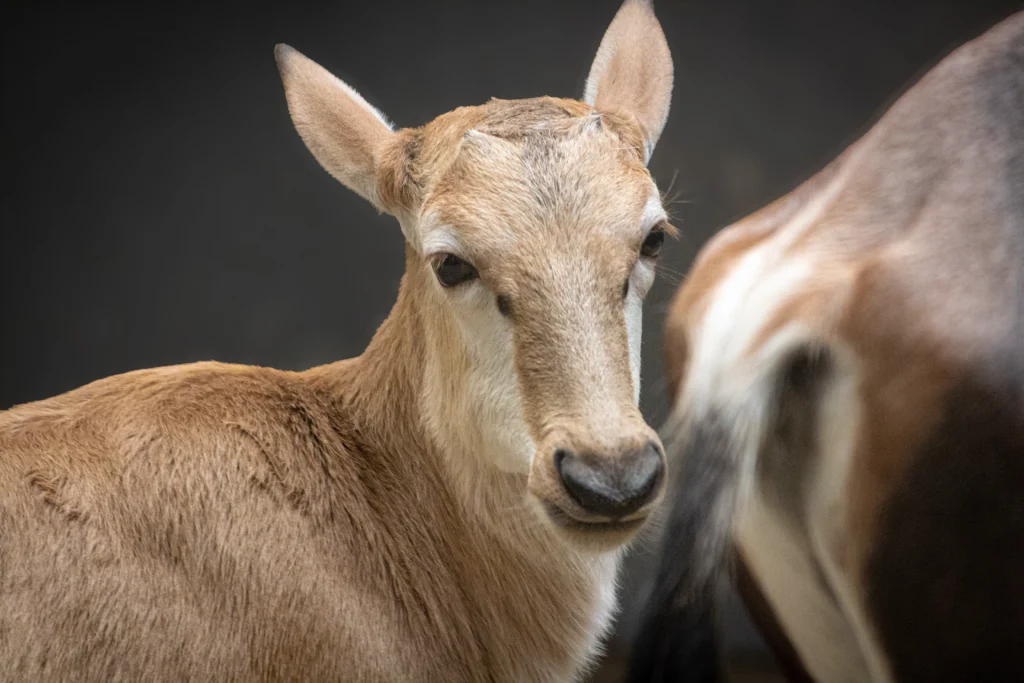
Chessington Zoo, which opened its doors to the public in 1931, has supported wildlife conservation over the years through involvement in a number of conservation breeding programmes and by supporting conservation efforts in the UK and abroad. In 2011, the zoo launched the Chessington Conservation Fund to raise money and support conservation efforts, protecting the future of nature and wildlife.
This new partnership with Nature’s SAFE marks a significant milestone for the zoo, showing recognition of the crucial role of advanced reproductive technologies in combating the extinction crisis. Adam Douglass, Manager of Chessington Zoo, commented on the partnership:
“We’re delighted to collaborate with Nature’s SAFE on helping to safeguard species from extinction. By cryopreserving reproductive tissues Nature’s SAFE’s groundbreaking work allows us to significantly expand our capacity for species conservation.
Chessington Zoo actively contributes to 34 formal conservation breeding programmes (known as EAZA Ex-situ Programmes (EEP’s) and EAZA Studbooks (ESB’s)). Through our membership of the European Association of Zoos and Aquariums (EAZA), Chessington Zoo is proud to coordinate EEP’s for the blesbok, undulate ray, black-tipped reef shark, banggai cardinalfish and long-snouted seahorse.”
Through our partnership with Nature’s SAFE, we are able to take a huge step forward in maximising our conservation potential, by utilising the latest scientific techniques to achieve our shared aim of saving species from extinction.”
This collaboration between Chessington Zoo and Nature’s SAFE showcases how modern zoos and researchers can work together to incorporate innovative conservation technologies into conservation work, safeguarding biodiversity for future generations.
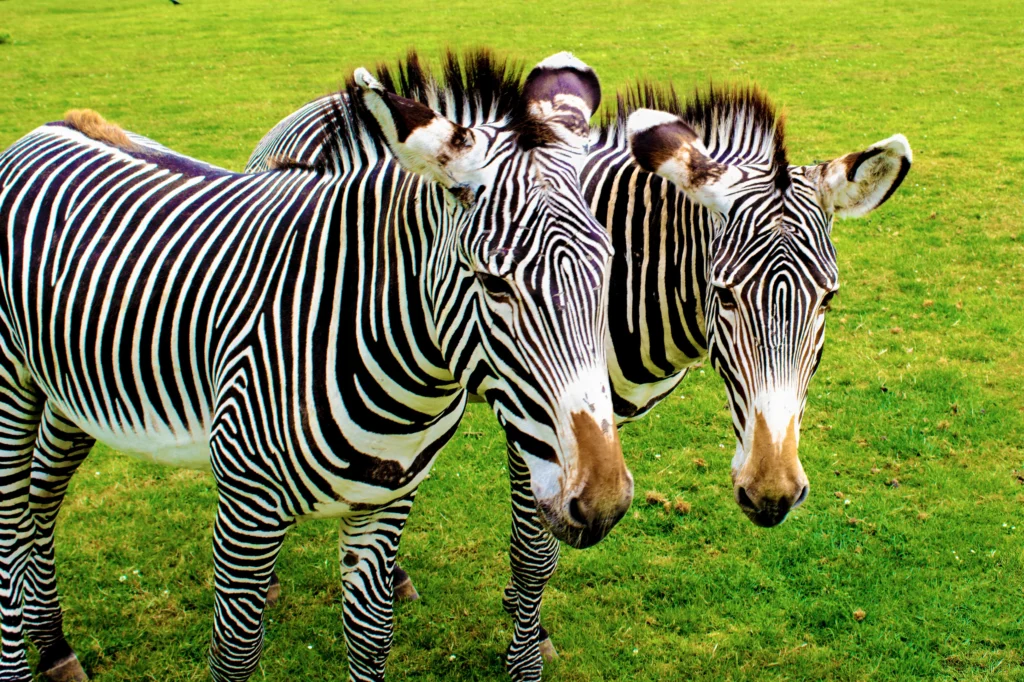
Don’t miss
BIAZA and Nature's SAFE join forces to fight extinction
International conservation charity ZSL partners with living biobank Nature’s SAFE to preserve planet’s most threatened species
As a growing charity, we are now looking to expand our scope beyond the UK by establishing global conservation hubs. Our vision is to work with local conservation services to preserve samples from native wildlife within their own country, enabling appropriate stewardship of these valuable resources.
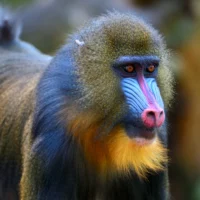
Mandrill
Total Population: Unknown
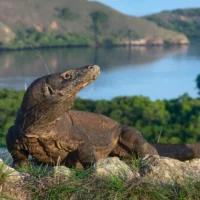
Komodo dragon
Total Population: Around 3,500 in the wild
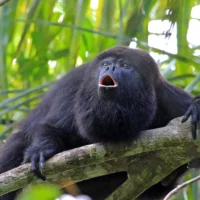
Black howler monkey
Total Population: Less than 5,000 in the wild
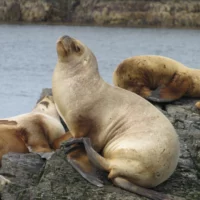
Patagonian Sea Lion
Total Population: 222,500 to 265,000 in the wild
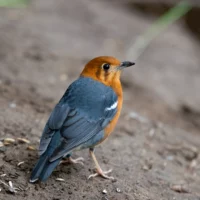
Orange-headed thrush
Total Population: Unknown
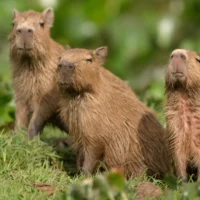
Capybara
Total Population: Unknown
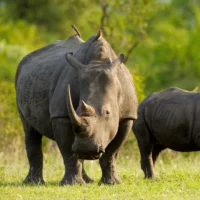
Southern white rhino
Total Population: Around 15,000 in the wild
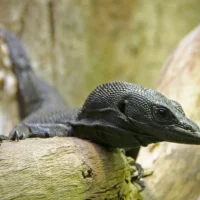
Black tree monitor
Total Population: Unknown
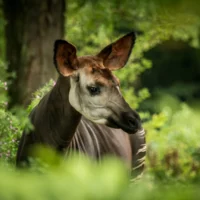
Okapi
Total Population: Less than 25,000 in the wild
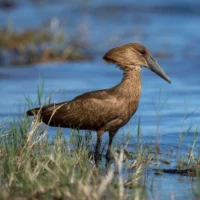
Hamerkop
Total Population: Unknown
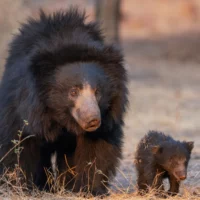
Sloth bear
Total Population: Less than 20,000 in the wild
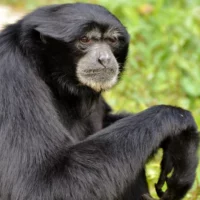
Siamang Gibbon
Total Population: Around 22,000 in the wild
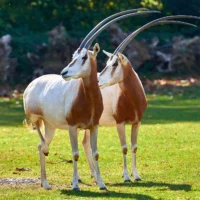
Scimitar-horned oryx
Total Population: Around 400 in the wild
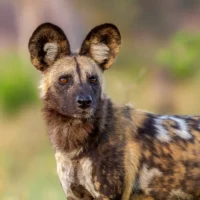
African wild dog
Total Population: Around 6,600 in the wild
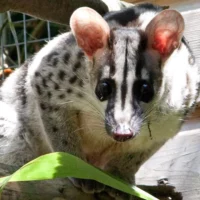
Owston’s palm civet
Total Population: Unknown

Bactrian camel
Total Population: Less than 1,000 in the wild
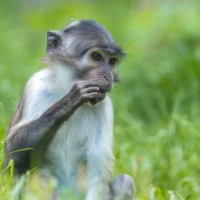
White naped mangabey
Total Population: Around 1,000 in the wild
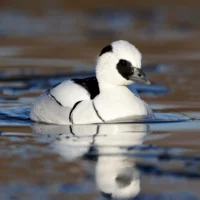
Smew
Total Population: Around 80,000 in the wild
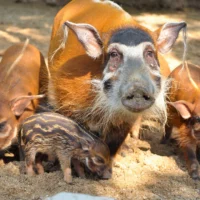
Red river hog
Total Population: Unknown
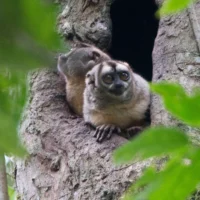
Spix’s night monkey
Total Population: Unknown
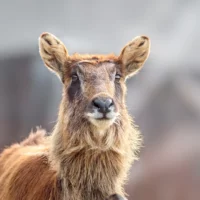
Nile Lechwe
Total Population: 30,000 - 40,000 in the wild